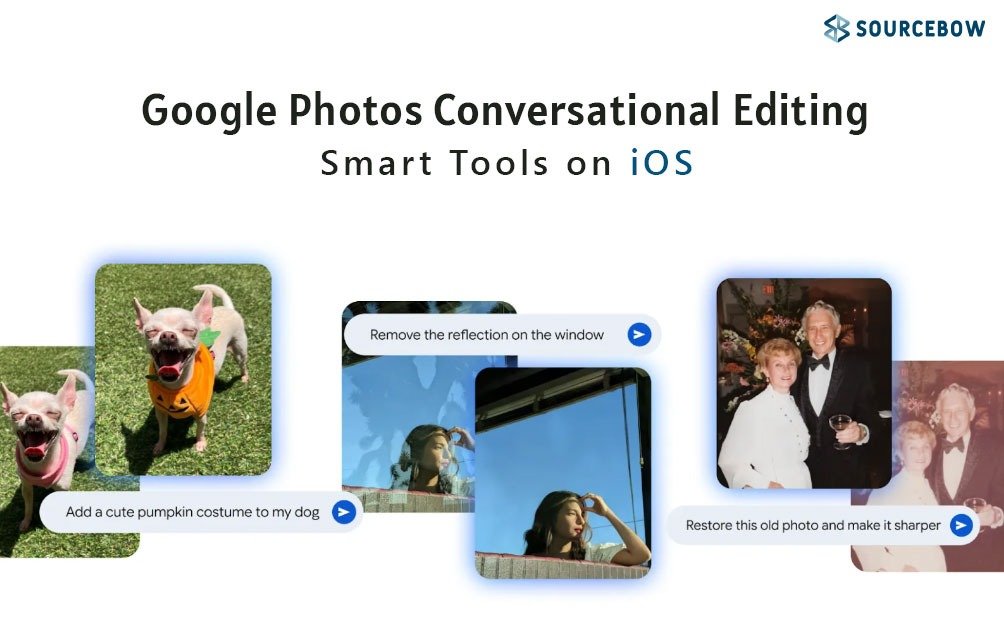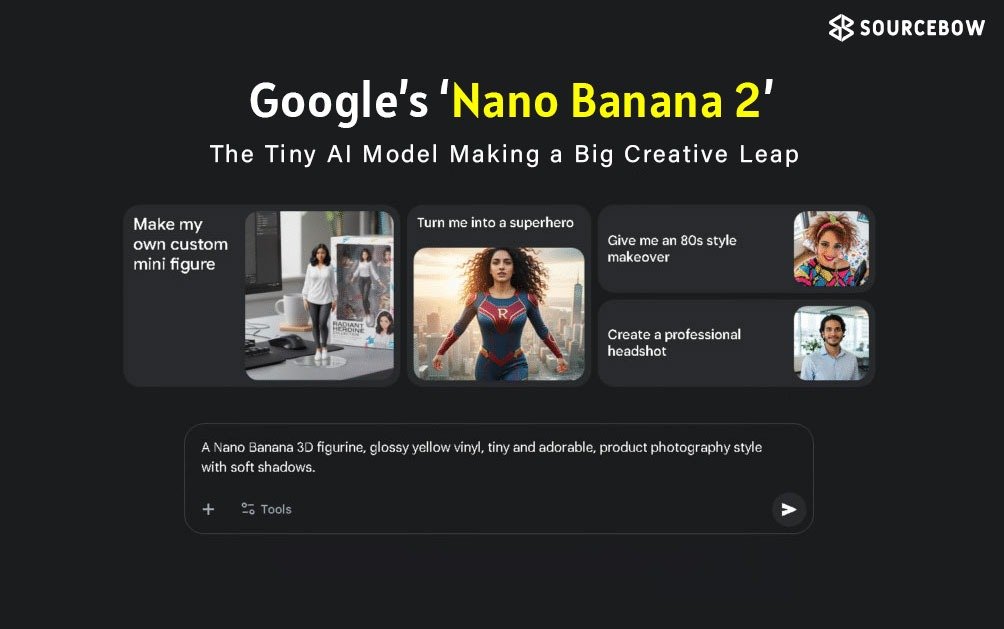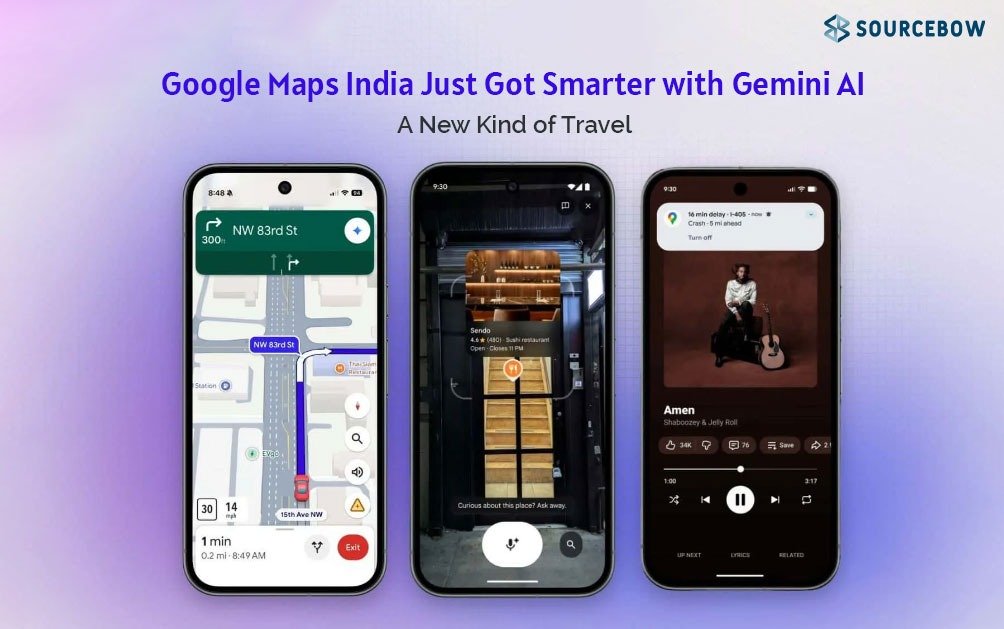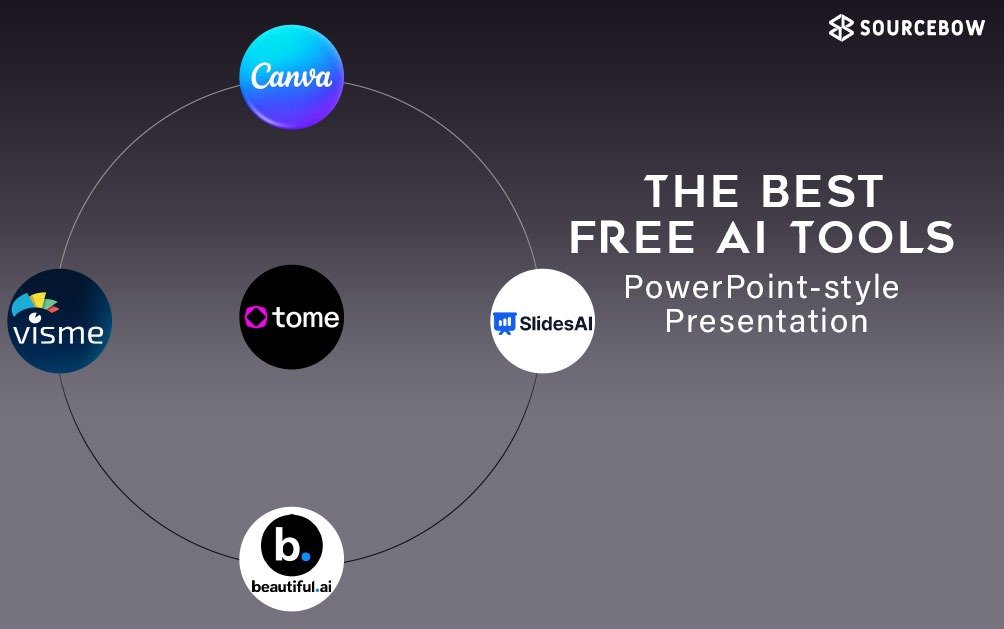Do you know what is genuine intelligence? Let’s learn through a scene. There’s a scene many can relate to Someone’s stuck in a tricky spot, doing everything possible but getting nowhere. Imagine a guy who falls into a Florida canal while chasing after a box of shrimp that slipped away. Onlookers think he’ll just climb out, but low tide makes the ladder unreachable. He tries, fails, even cuts his foot open on barnacles. Suddenly, the situation shifts from silly to dangerous.
Then comes the obvious solution. Just twenty-five feet away, another ladder waits. One shout points it out, and within seconds he’s out of the water. All that panic, wasted.
That moment is a metaphor for how people often feel when working with AI. Hours of trying prompts, experimenting with settings, reading endless guides—yet nothing works. It feels like splashing around in circles while the ladder is right there.
When AI Feels Like a Brick Wall
Anyone who has wrestled with AI tools knows the feeling. Trying long prompts, short ones, hyper-specific instructions, or leaving things open-ended. Still, the result? Robotic replies that lack soul. Eyes blur from staring at screens too long, and the thought sneaks in—maybe AI just isn’t good enough yet. Maybe it’s better to go back to doing things the old way.
But what if the problem isn’t the tool? What if the real missing piece is personal input?
The Shift from Generic to Genuine
Here’s the ladder moment with AI: feeding it real thoughts, words, and data instead of relying on stock prompts. Something incredible happens when AI is given personal material. The output stops sounding like a bland textbook and starts sounding authentic.
This idea isn’t just guesswork. Studies out of Stanford show that when AI works with someone’s own words, it mirrors tone, rhythm, even subtle thought patterns. Instead of artificial intelligence, it begins to feel like genuine intelligence—or GI.
How to Use Genuine Intelligence Right Now
So how does one put this into practice? It’s easier than it sounds.
Pick what to create
It could be an email, blog post, social media caption, or even a full report.
Find original material
This could be a past blog, a recorded voice note, or a transcript of a meeting.
Transcribe and feed it in
Take that raw material and drop it into ChatGPT or any AI tool. Ask it to only reference that content while shaping the final output.
The result? Something that keeps the essence of the original voice while smoothing it out into polished, usable content.
Everyday Ways to Make This Work
Turning long emails into quick replies
Instead of typing a 30-minute response, record a messy voice note of raw thoughts. Have it transcribed, then feed both the email thread and your rough note into AI. What comes back is a professional, well-structured reply that still sounds like you.
Repurposing interviews or podcasts
If someone gets featured on a podcast, transcribe it and use AI to create blog posts, press releases, or social captions. Because the words are already theirs, the tone stays consistent.
Creating consistent brand content
For businesses, client calls, training sessions, or even brainstorming meetings can become goldmines. Feeding that into AI ensures content isn’t generic—it feels like it belongs to that brand alone.
Why This Works Better Than Any Tool Hack
The magic lies in uniqueness. Anyone can use the same AI platform. Anyone can type in the same prompt. That’s why so much AI content out there feels flat, like it could’ve been written by anyone.
But genuine intelligence—rooted in real thoughts and experiences—can’t be copied. It’s like handwriting. Even if someone tries, they’ll never get it exactly the same.
So instead of chasing the next shiny tool, focus on giving AI the one thing no one else has—your own data, your own words.
Wrapping It Up
AI tools are no longer the ladder. They’re just the water around us. The real ladder—the thing that gets people unstuck—is genuine input. Call it GI, genuine intelligence.
So maybe the next time AI feels like it’s splashing in circles, remember the guy in the canal. The answer isn’t always more effort. Sometimes it’s just a matter of shifting the perspective and noticing the ladder that’s been there all along.
Because genuine intelligence doesn’t come from the tool. It starts with you.





